
- •Basic linguistic notions
- •1.Language and speech.
- •Language :: Speech
- •LANGUAGE :: SPEECH
- •Paradigmatic::Syntagmati
- •PARADIGMATIC
- •Syntagmatic Relations
- •Main types of syntagms
- •TYPOLOGICAL
- •The grammatical means
- •TYPOLOGICAL CLASSIFICATION
- •ANALYTIC LANGUAGES
- •SYNTHETIC LANGUAGES
- •Synthetic languages
- •Naturally, the elements of synthesis and analysis are found in the languages of
- •It is often the case when analytical and synthetic forms coexist in the
- •remember
- •Grammatical opposition
- •Theory of oppositions
- •MEMBERS OF OPPOSITION
- •Types of oppositions
- •Types of oppositions
- •member of an opposition can be used in the position of the other,
- •Oppositional reduction
- •NEUTRALISATION: (–)
- •The Grammatical system of the language
- •The Grammatical category
- •Distinctive features of grammatical category
- •Types of grammatical categories
- •Types of Grammatical
- •Types of grammatical categories
- •Grammatical meaning
- •Types of grammatical meaning
- •Types of grammatical meaning (ctd)
- •Types of grammatical meaning (ctd)
- •That’s all for now! Thank you!

Basic linguistic notions
Lecture 2

1.Language and speech.
2.Paradigmatic and Syntagmatic relations
3.General characteristics of the grammatical structure of language.
4.Grammatical opposition
5.Grammatical category
6.Grammatical meaning
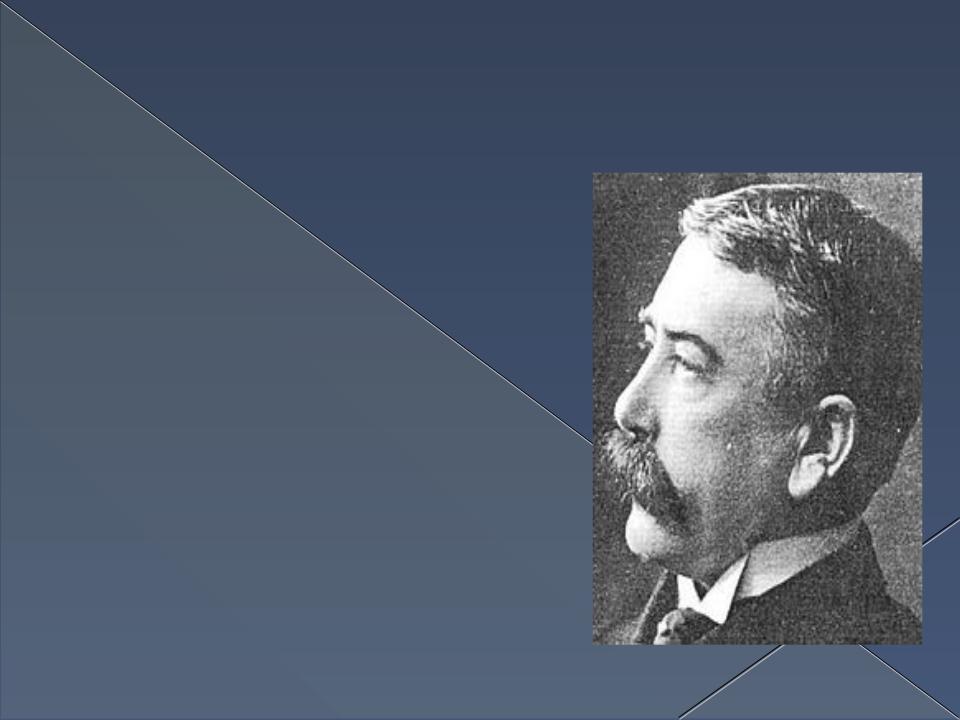
Language :: Speech
The distinction between language and speech was first introduced by
Ferdinand de Saussure in his book on general linguistics (1916)
Though differences of opinion still persist in the exact delineation of the boundaries between the two spheres, its general idea has been accepted by most scholars.
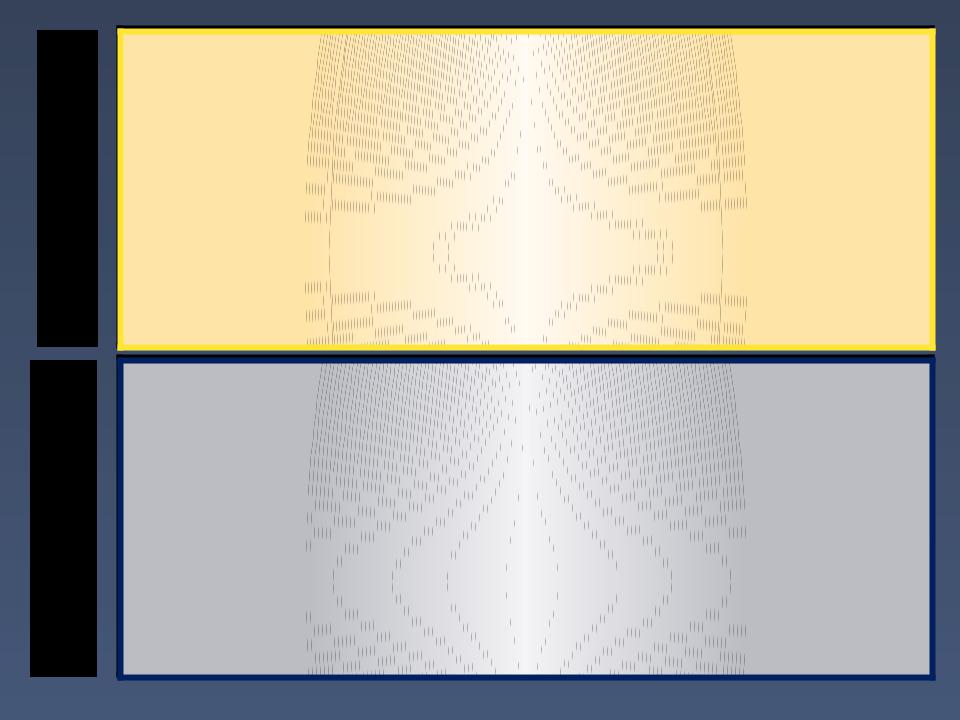
la ng ua ge
sp ee ch
is the system, phonological, lexical, and grammatical, which lies at the base of all speaking.
is the source which every speaker and writer has to draw upon if he is to be understood by other speakers of the language.
is the manifestation of language, or its use by various speakers and writers of the given language.
Thus what we have before us, in oral or in written form, as material for analysis, is always a product of speech, something either-pronounced or written by some
individual speaker or writer or, occasionally, a group of speakers or writers.
There is no other way for a scholar to get at language than through its manifestations in speech.

la ng ua ge
Language is the process of finding the words stored in your brain and constructing sentences or utterances.
is made up of 3 parts:
semantics - word meaning (the CONTENT of
language)
syntax - word order, (the FORM of language)
pragmatics (the USE of language in context)
Speech is the physical part which enables the words found to be spoken.
Speech is actual sound production. It includes articuation and phonology.
sp ee ch
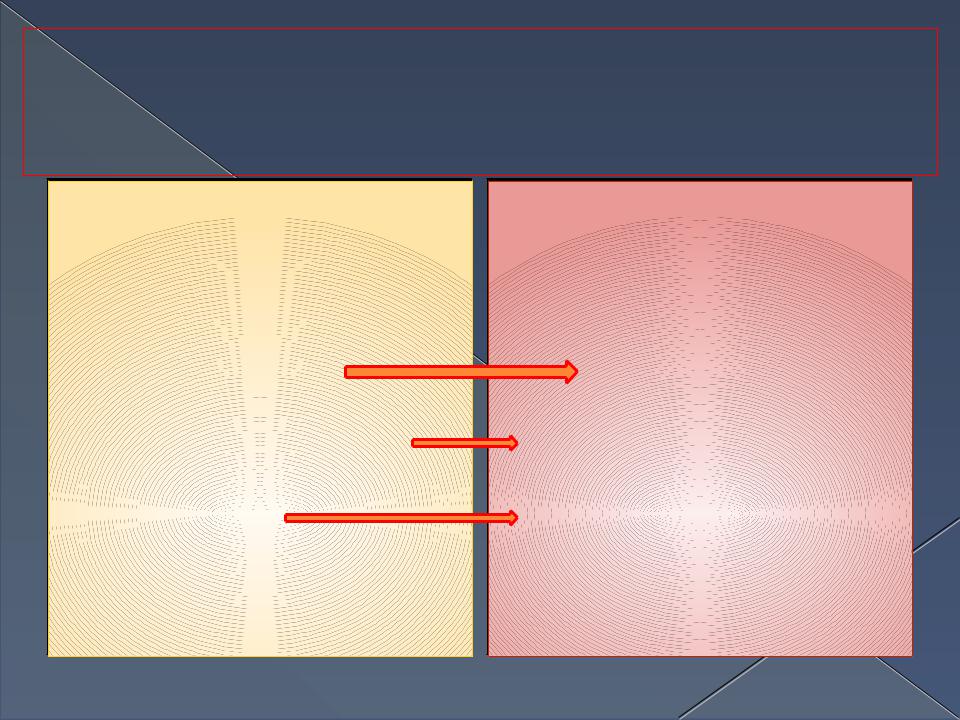
LANGUAGE :: SPEECH
The language |
unit |
phoneme |
the sentence |
the text |
The speech |
unit |
sound |
the |
utterance; |
the discourse. |
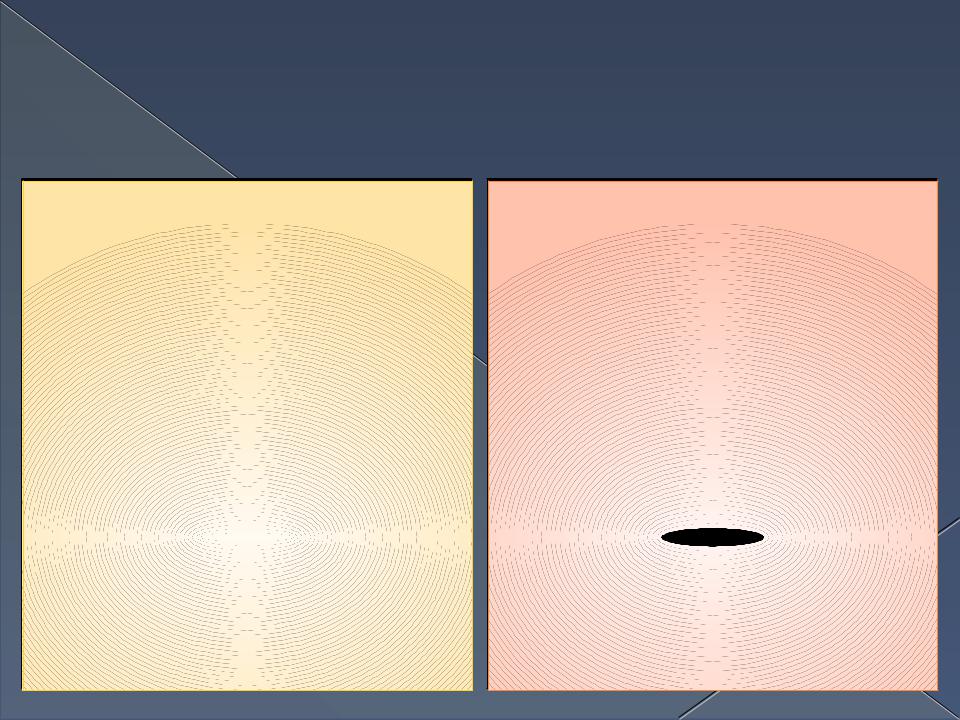
Paradigmatic::Syntagmati
c relations
PR comprise all the units that can also occur in the same environment.
PR are relations based on the principles of similarity.
PR exist between the units that can substitute one another
PR are identified with ‘language’
are referred to as
relations ‘in absentia’ = in the absence.
SR are intermediate linear relations between units in a segmental sequence.
SR may be observed in utterances
SR are identified with ‘speech’
are described by the Latin ‘in praesentia’ (= in the presence)

PARADIGMATIC
RELATIONS
can be of three types: semantic, formal and functional.
Semantic PR are based on the similarity of meaning:
Goods to be delivered = goods for delivering.
The days are getting longer and longer – The days are growing longer and longer.
Formal PR are based on the similarity of forms (exist between the members of a paradigm): mouse – mice;
ask – asked – will ask – is asking.
Functional PR are based on the similarity of function. (established between the elements occuring in the same position).
Det: a, the, this, his, Ann’s, some, each, etc.

Syntagmatic Relations
Elephants’ survival depends on profiting from the experience of many lifetimes.
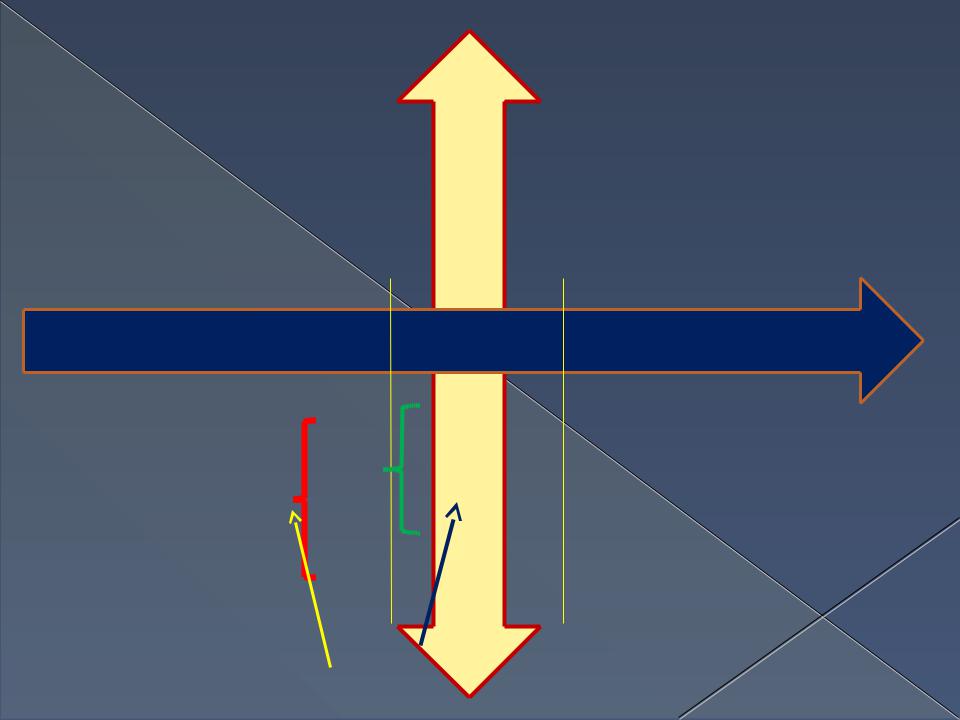
SR an
a the this that
P
interesting idea
fascinatin
g thought wonderful
good
